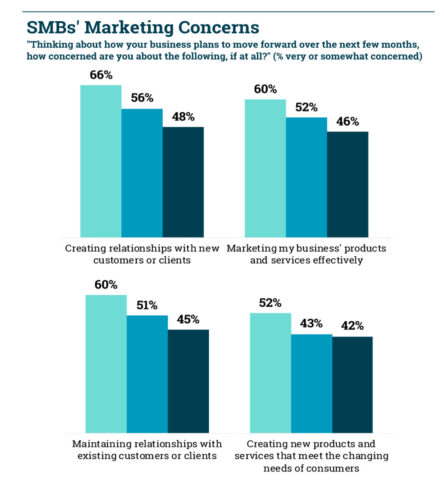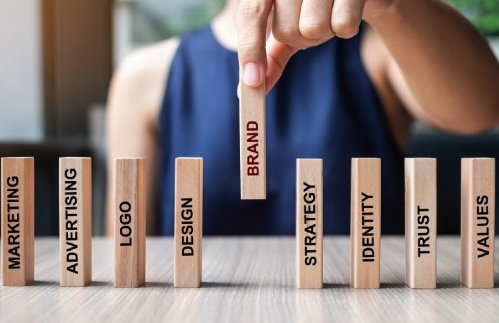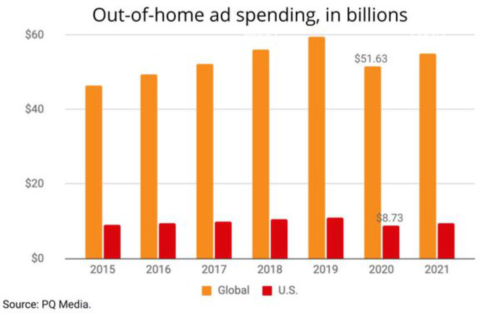
The U.S. ad market is in full expansionary mode, rising at high single-digit increases, and Digital Out-of-Home (DOOH) outperforms other media in favorability and action. Following are highlights from recent studies:
U.S. AD MARKET EXPANDS1:
The U.S. ad market expands at high single-digit increases and is projected to surpass with double-digits:
- The U.S. ad market expands for its 13th consecutive month in April, rising 9.1% over the same month in 2023.
- Small ad categories continue to lead the expansion at three times the rate (15.5%) of the top ten categories (4.6%).
- April is the first month in a while to post an increase on top of a prior year increase: April 2023 was up 0.7% over April 2022.
DOOH ADS DRIVE FAVORABILITY AND ACTION2:
DOOH exceeds other media in driving favorability and action among consumers:
- Nearly three-quarters of consumers view DOOH ads favorably, surpassing other media.
- Almost 75% are likely to share DOOH ads that feature their favorite products or brands.
- About 80% are likely to take action after seeing DOOH ad content they deem entertaining or visually appealing.
According to several forecasts, the U.S. ad market is expecting a strong year, with some experts predicting double-digit growth, while DOOH continues its strength in engaging consumers.
Source: MediaPost, reported by Joe Mandese; (1) Guideline's U.S. Ad Market Tracker; (2) The Harris Poll, reported by OAAA






 You may have noticed Google My Business (GMB) changed its name to Google Business Profile (GBP). Many local businesses manage their business information through this listing, as it provides easy access for new or existing customers to directly connect with small businesses. But what does this change mean for you?
You may have noticed Google My Business (GMB) changed its name to Google Business Profile (GBP). Many local businesses manage their business information through this listing, as it provides easy access for new or existing customers to directly connect with small businesses. But what does this change mean for you?
 Digital marketing is crucial for growing your business: according to a recent study¹, companies are diversifying their spend across paid and owned media and customers are spending more time and resources on owned-media channels such as websites, mobile apps, and customer-service channels.
Digital marketing is crucial for growing your business: according to a recent study¹, companies are diversifying their spend across paid and owned media and customers are spending more time and resources on owned-media channels such as websites, mobile apps, and customer-service channels.
 Social media usage stats¹
Social media usage stats¹

